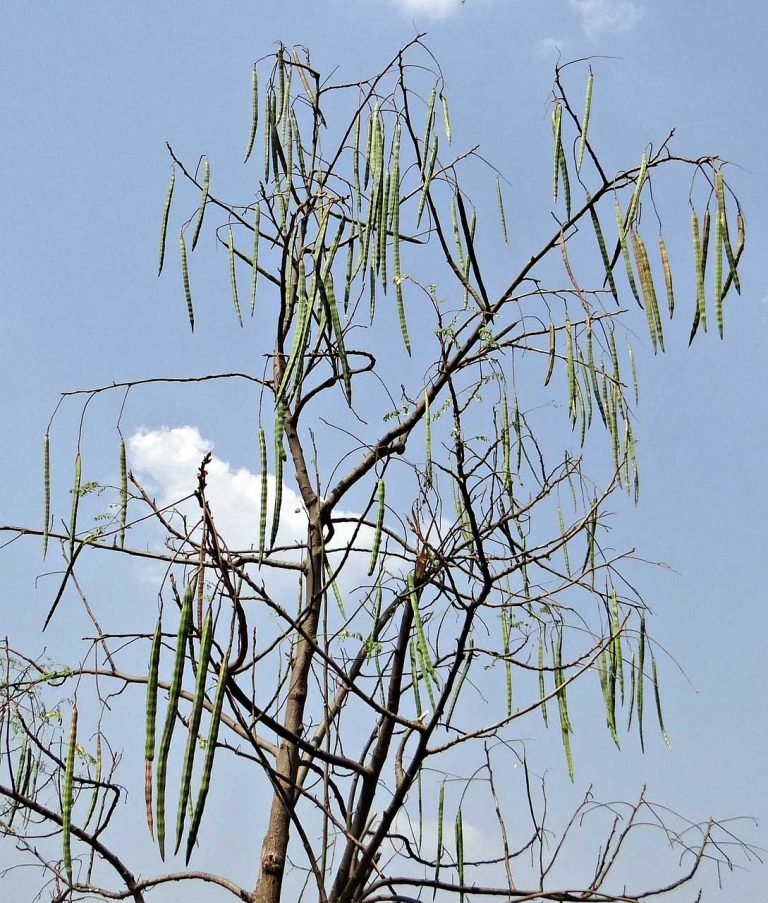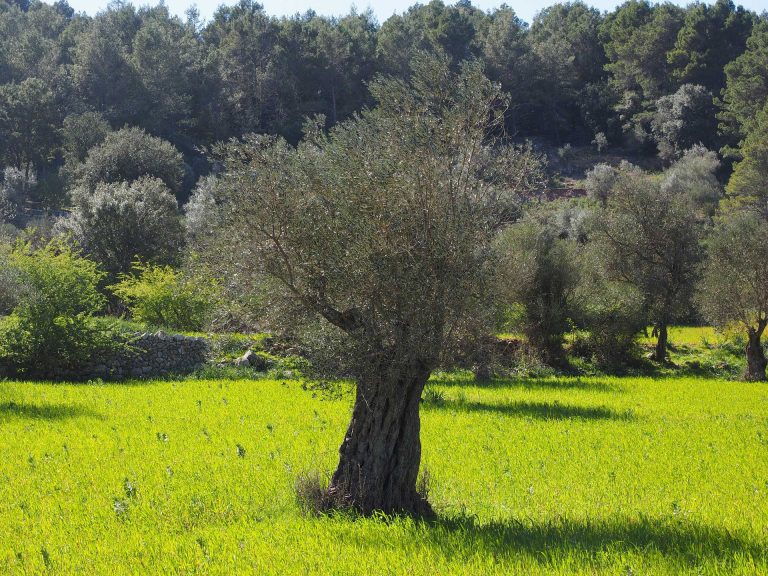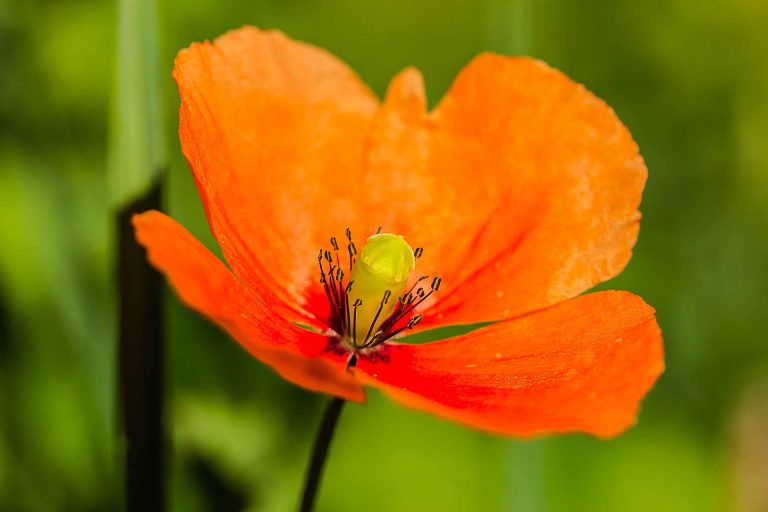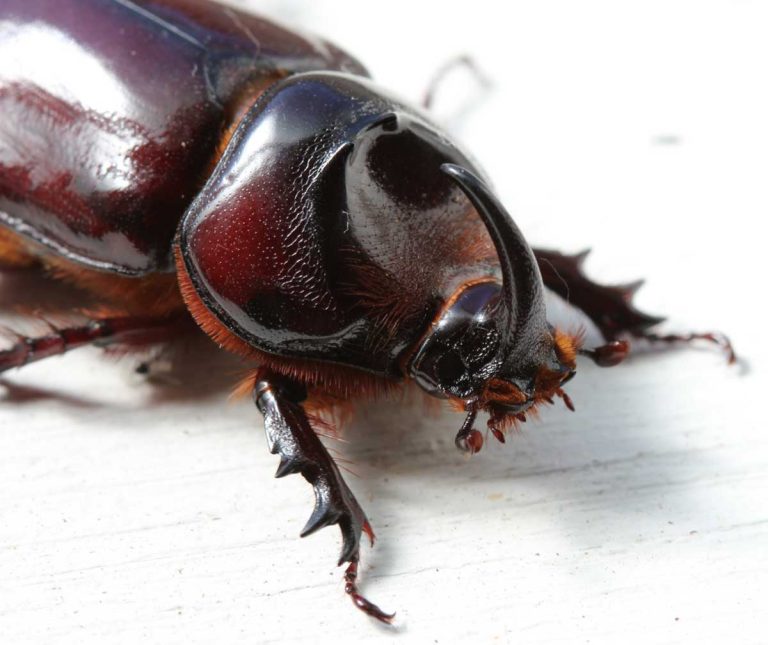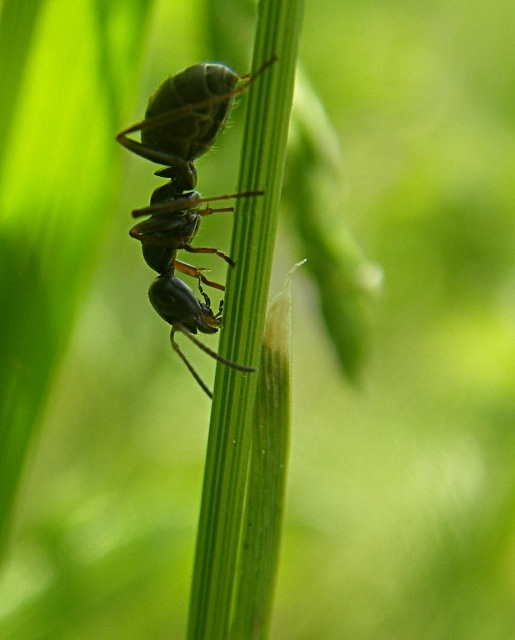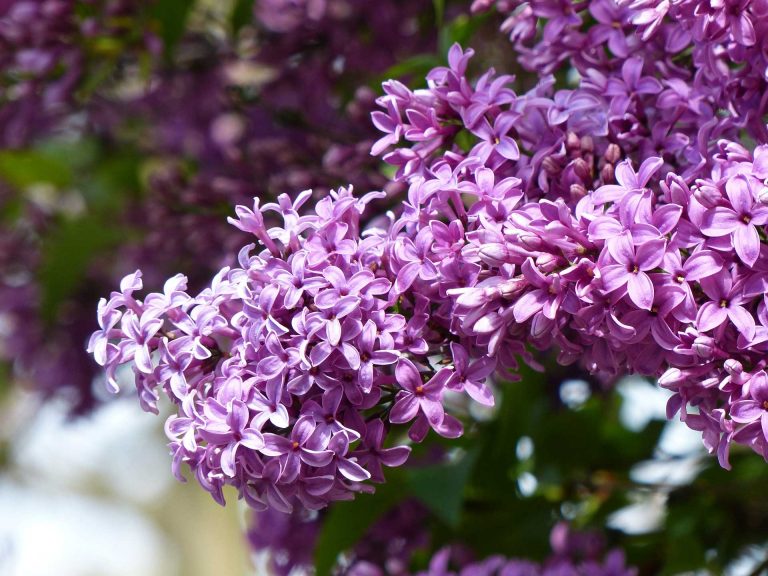Growing Pumpkins
The name Pumpkin refers to a plant associated usually with the Cucurbita pepo; these are smooth, dark yellow to orange in color, round, with a mild ribbed skin.
Anatomy
A thick shell encloses the seed and the pulp. A few remarkably big cultivars of squash of comparable looks derive from Cucurbita maxima.
Habitat
Antarctica is the only continent of the seven continents that is unable to grow pumpkins; the United States , India, Canada, China and Mexico are the largest producers of pumpkins.
Growing at Home
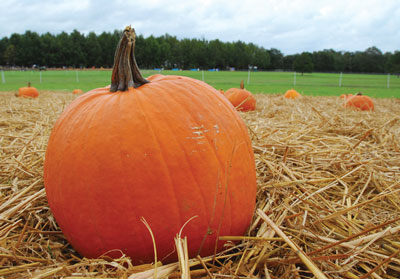
Soil for Planting
Pumpkin too requires a soil that is warm and fertile for its growth, similar to its cousin, the cucumber. It needs a soil of pH value 6.0 to 6.8. While planting your pumpkin, prepare a mound of at least 3 feet of rich and warm soil. In order to decide on methods of altering the soil for best growth, every year or two, subject the soil to a test. Follow some of these pumpkin growing tips for a successful attempt.
Planting
- Select a dood location with bright sun (and mild shade)
- Warm the soil methodically. The best temperature of the soil l is 60° to 65°F. Pumpkins are too sensitive to cold temperatures.
Watering
- Pumpkins need enough water, they thirst all the time. Water them an inch a week. Deep watering is necessary at the time of producing fruits.
- During watering: keep the fruits and leaves dry, if it is not a sunny day. If they are damp, they rot easily
Temperature and Humidity
Grow pumpkins in early June; they are warm-weather crops. You need a soil that retains the water having a temperature that is 60°F (15.5°C).Plant them 7.6 cm deep.
Care
While growing pumpkins, supplement fertilizer regularly. In the early stages, you must keep up a high nitrogen content. Just before the vines start creeping and when the plant reaches a height of 1’ is the right time to add fertilizers; changing over to a high content of phosphorus, earlier to blooming.
Bear in mind that pumpkins are delicate from the time of planting to harvesting. Mulch, to control weeds. The roots are shallow, hence over growth damages the roots.
Pumpkins are gluttons. A constant care using compost or manure, mixed with water will suppoet a healthy growth.
Pest and Pesticides
- Aphids.
- Anthracnose
- Squash bugs and cucumber beetles are regular, For controlling them refer to your local county extension.
- Powdery Mildew.
- Cucumber beetles and squash bugs attack pumpkins, particularly at the end of summer.
- Insufficient light, excess fertilizer, Insects, reduces the pollination; leading to decrease in fruit production during flowering period.
Harvest Month and Storage
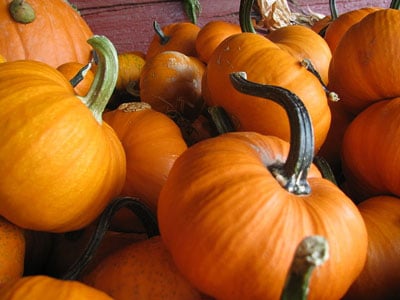
You can see the pumpkins ripening when its skin color is dark (deep orange for majority of varieties).
When you knock the pumpkin you feel the skin hard and sounding hollow. When you insert your nail into the skin of the pumpkin, and you find a resistance to the penetration, then it is ripe.
Harvesting the pumpkin occurs by cutting the fruit of the pumpkin vine cautiously using a pruner or a sharp knife; never pluck it. Remember to leave a long stem (3-4 in) or more from the pumpkin, this increases shelf life of the pumpkin.
Handle your pumpkin very carefully, otherwise they get damaged.
Treat your pumpkin in the sun for nearly a week for the skin to toughen, after which you store them in a cellar or bedroom-somewhat near 55° F.
Varieties
- ‘Dill’s Atlantic Giant’ Jumbo variety grows to 200 pounds.
- ‘Autumn Gold’ great for decorating and carving.
- ‘Jack Be Little’ miniature types of pumpkin, ideal for a holiday table.
- ‘Sugar Treat’ semi-bush hybrid. Best for baking and cooking.

Having discovered a fondness for insects while pursuing her degree in Biology, Randi Jones was quite bugged to know that people usually dismissed these little creatures as “creepy-crawlies”.


